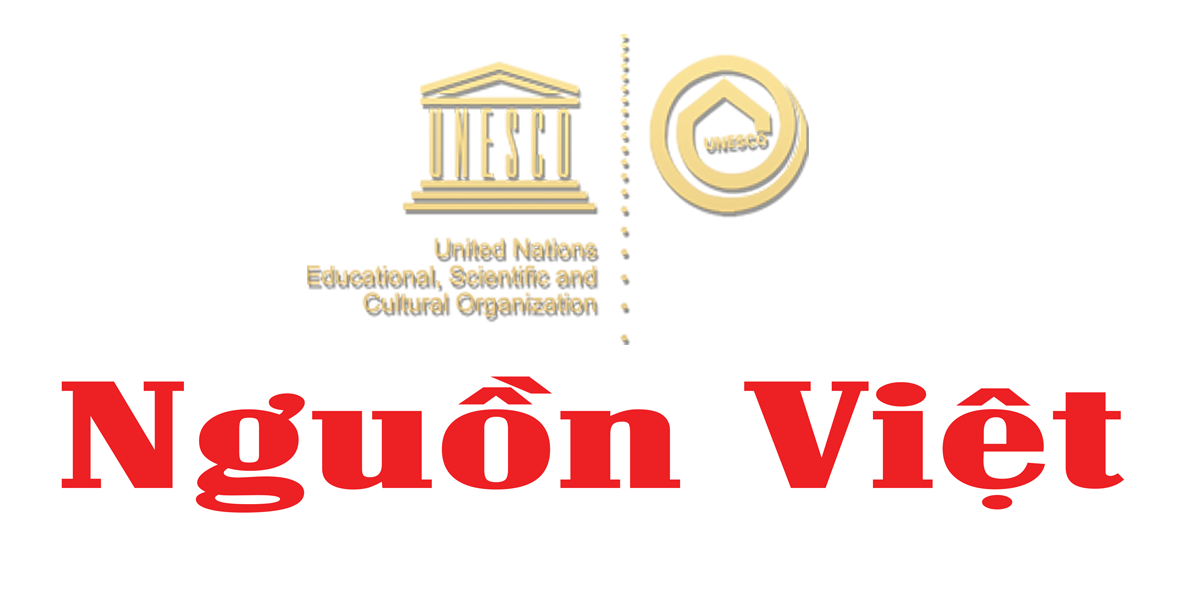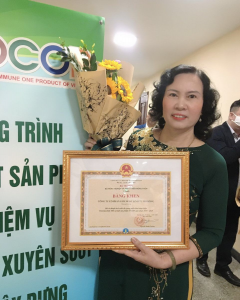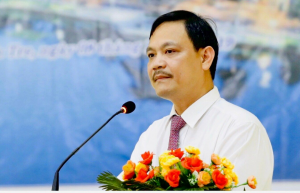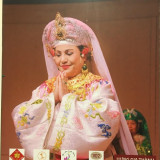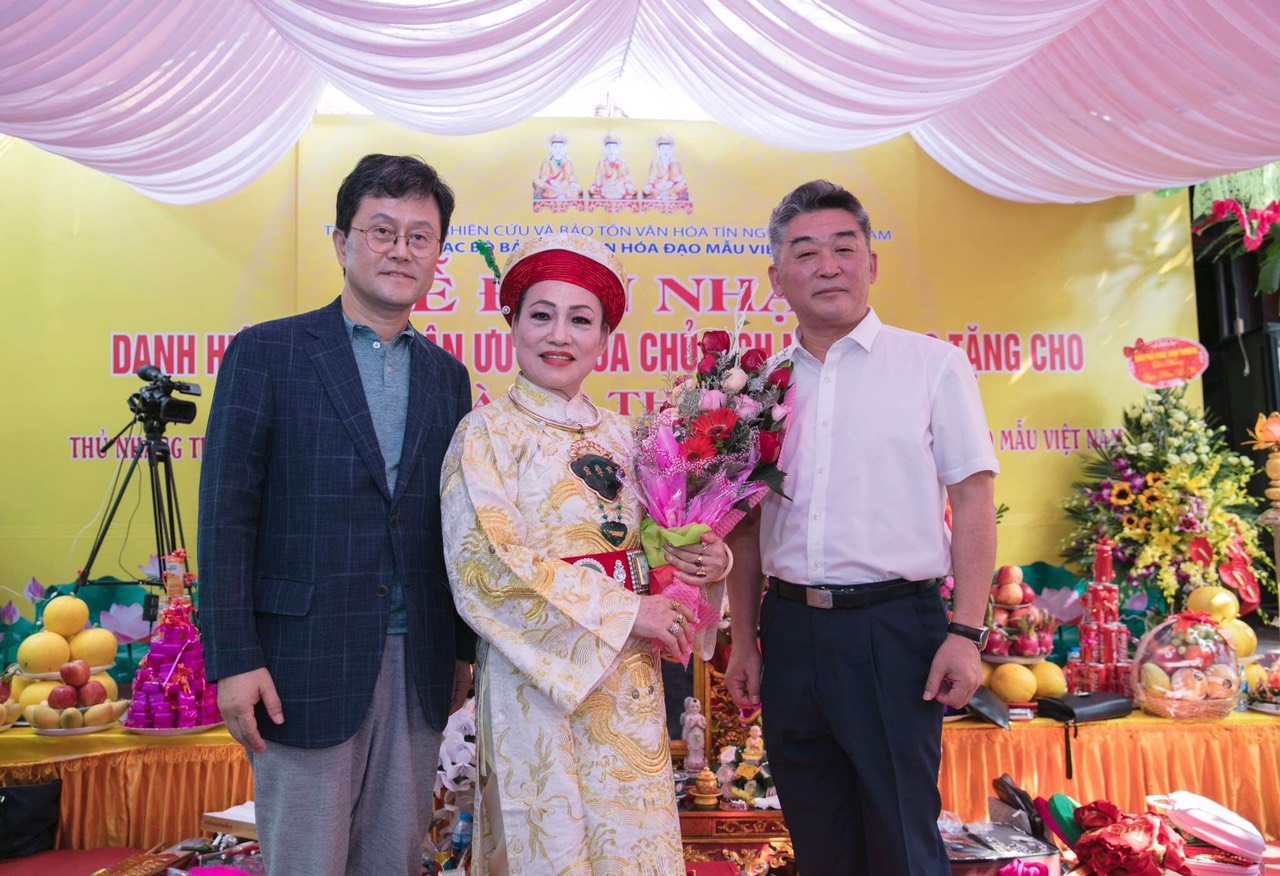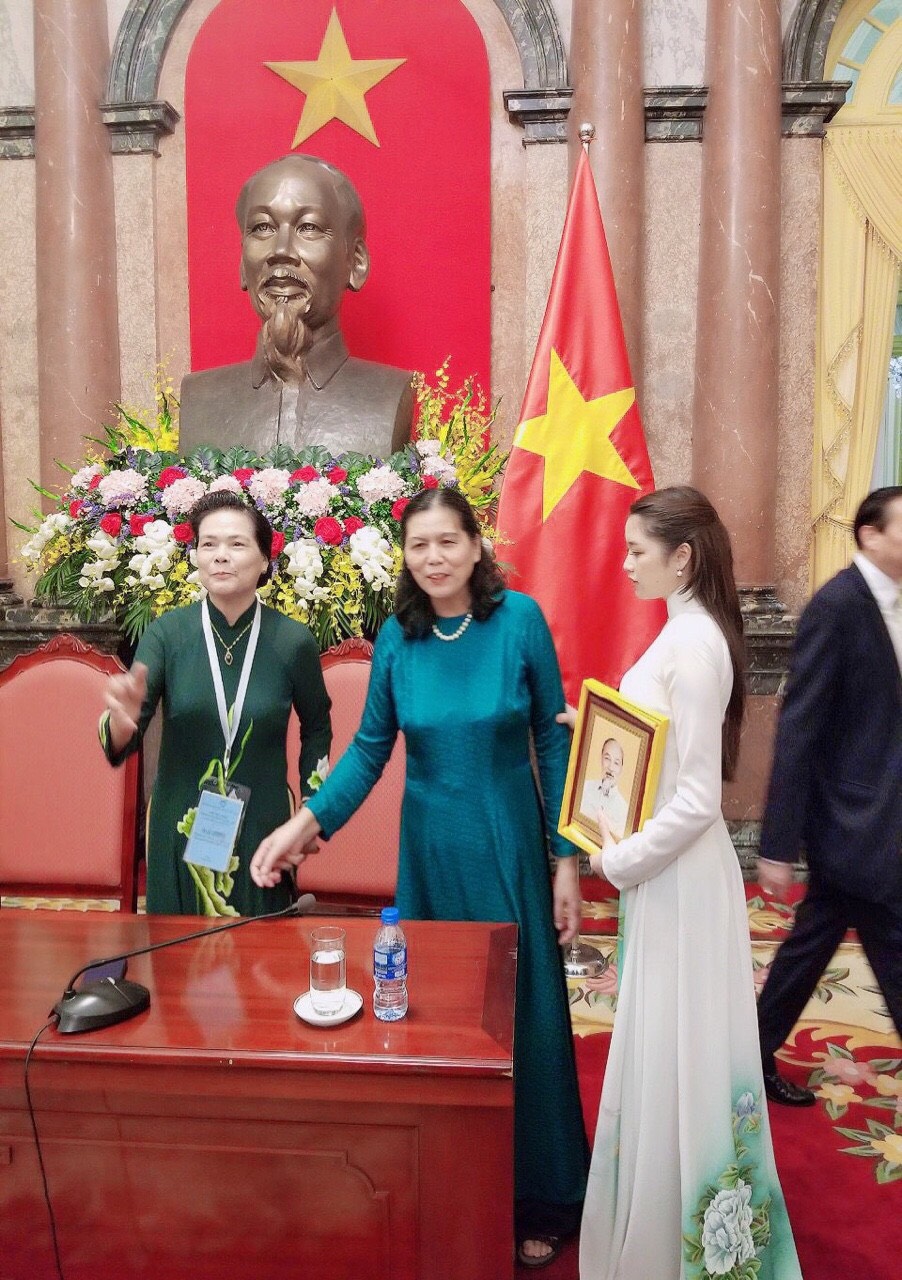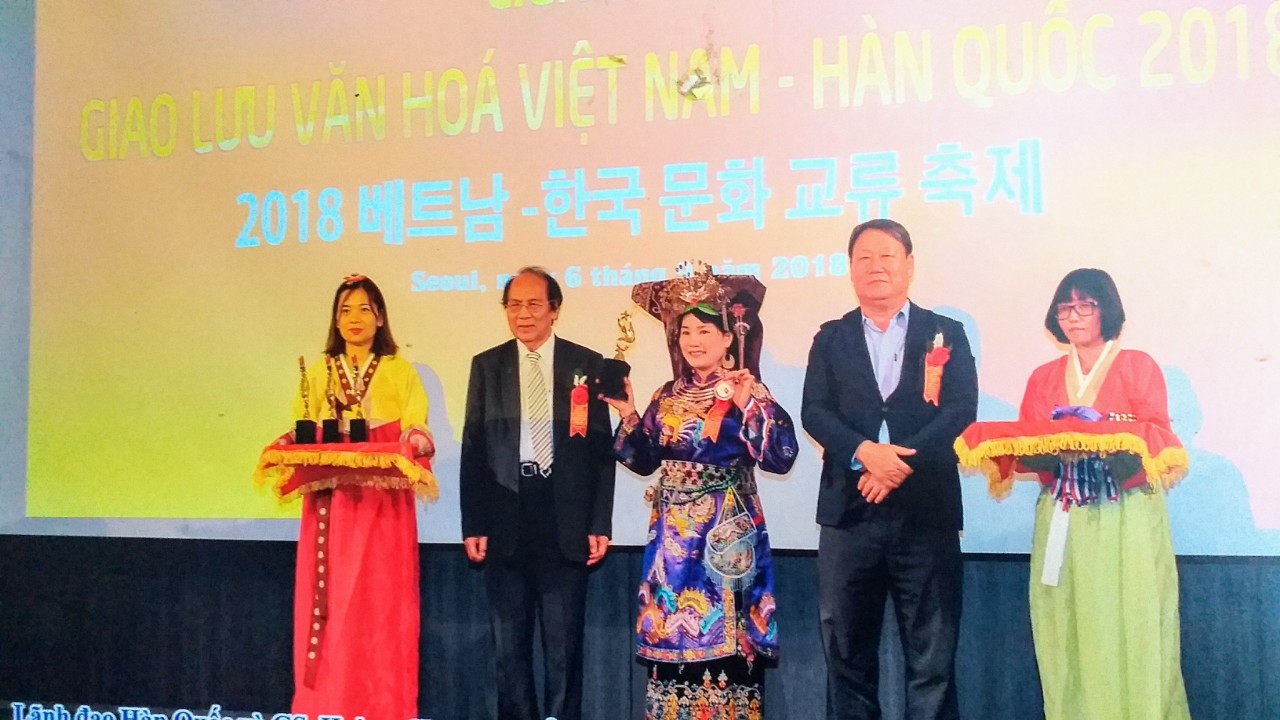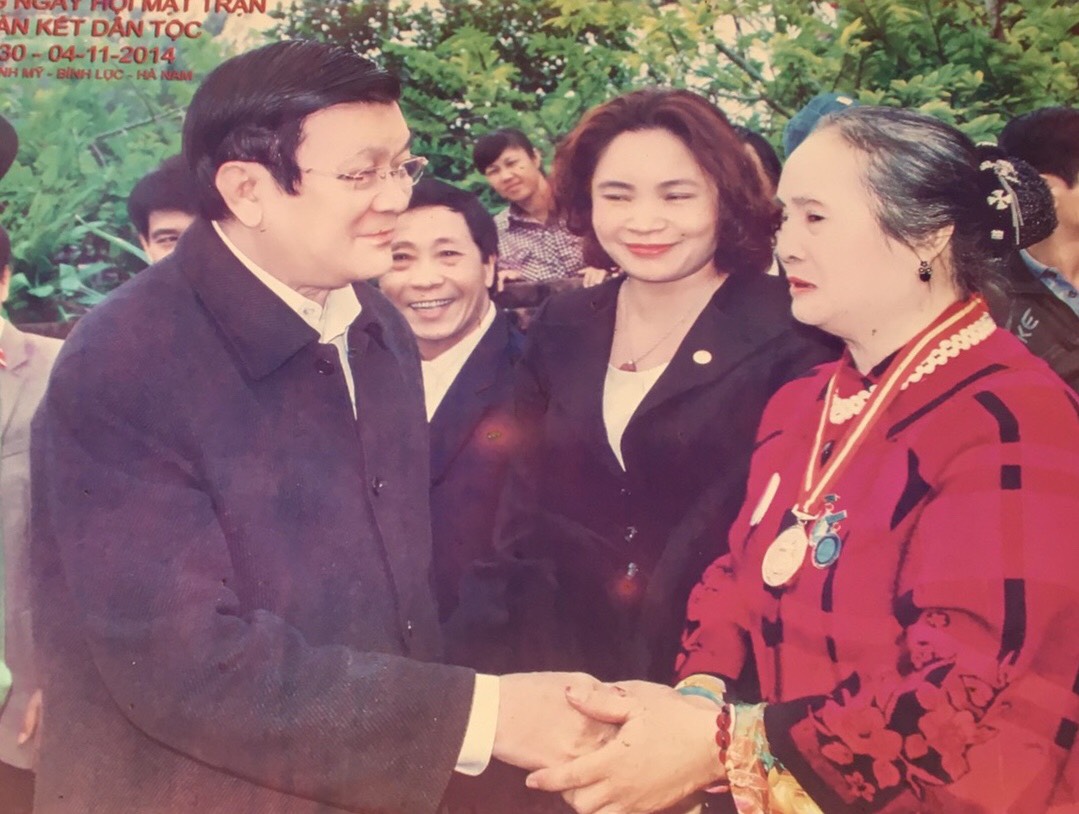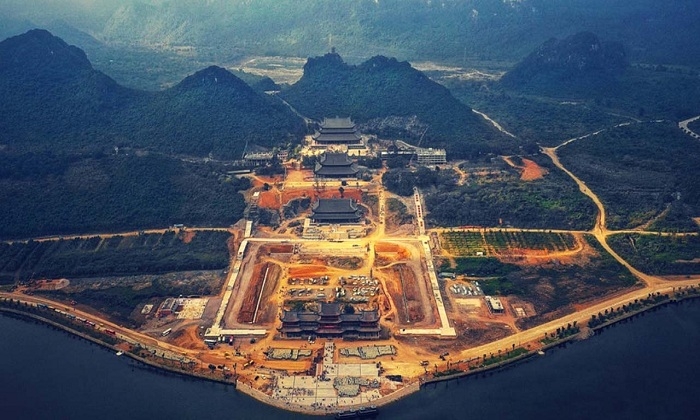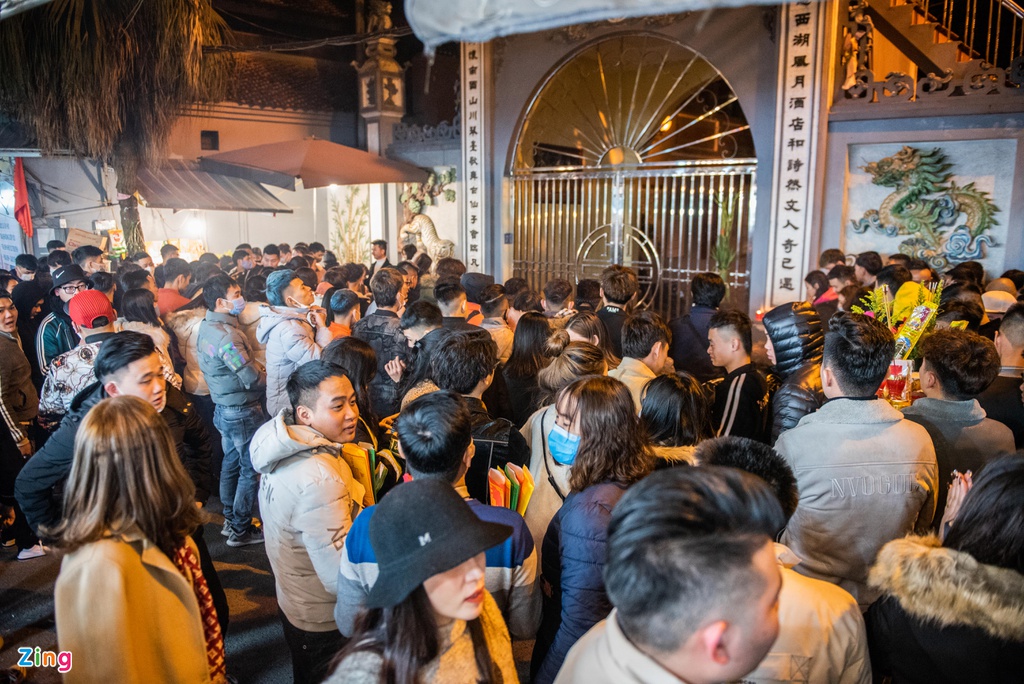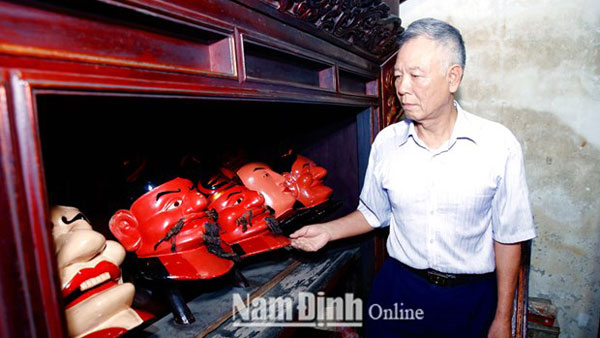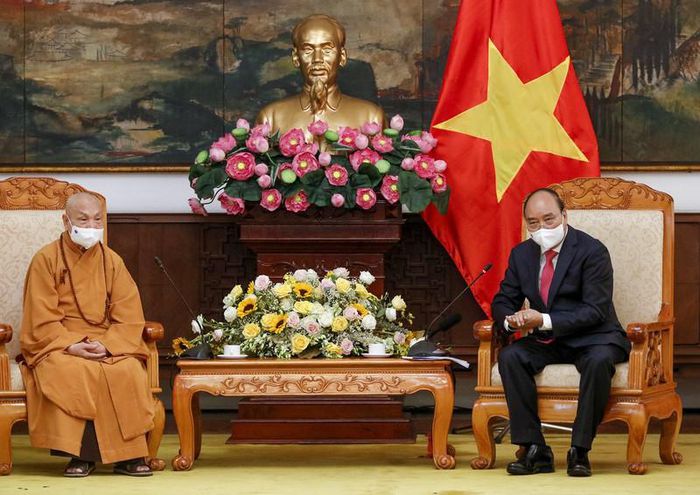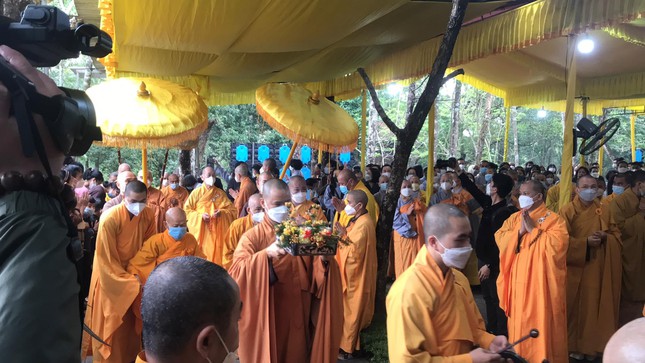- Di Sản Văn Hóa Tín Ngưỡng
- Nghệ nhân Trần Thị Hằng – Luôn giữ gìn và phát huy di sản văn hóa tín ngưỡng Việt Nam
Nghệ nhân Trần Thị Hằng – Luôn giữ gìn và phát huy di sản văn hóa tín ngưỡng Việt Nam
Ngày 17 Tháng 12, 2020
( Nguồn Việt) Nhận thấy rõ những giá trị văn hóa tâm linh có vai trò quan trọng đối với đời sống văn hóa tinh thần của người Việt, nghệ nhân Trần Thị Hằng với sự am hiểu và nhân duyên của mình đã từng ngày tạo ra những giá trị quý giá bằng việc luôn giữ gìn, bảo tồn truyền thống văn hóa tín ngưỡng Việt Nam đã có từ lâu đời.Tìm hiểu về các nghệ nhân văn hóa tâm linh, chúng tôi có dịp về Bắc Ninh thăm nghệ nhân, đồng thầy Trần Thị Hằng. Bà là người con, hậu duệ đời thứ 12 nối tiếp truyền thống danh gia vọng tộc Nguyễn Phúc.

Nghệ nhân Trần Thị Hằng: Tôi được sinh ra trong một gia đình có truyền thống 5 đời theo nghiệp phụng sự Thánh và là con gái của pháp sư Trần Đức Luận nên ít nhiều cũng ảnh hưởng theo tín ngưỡng tâm linh của bố. Ngay từ khi còn nhỏ, tôi đã biết đến những đàn lễ của bố, những lời ca tiếng hát trong những giá hầu Mẫu, hầu Thánh. Nhưng chỉ đến khi tôi xuất giá lấy chồng về gia đình chồng vốn là dòng tộc lừng danh khắp trời Nam tôi mới được tiếp duyên để phụng sự nghiệp thờ Phật, thờ Thánh. Nhà chồng tôi là dòng tộc danh gia vọng tộc Nguyễn Phúc ở Đại Phúc, TP. Bắc Ninh, có ngôi đền cổ thờ Đức Phật Nguyễn Phúc Xuyên, vị danh y đã từng chữa trị bệnh cho chúa Trịnh. Ngài được ban tặng 18 đạo sắc phong, trong đó sắc phong “Đại Thiền sư Bồ Tát” vẫn còn được lưu giữ tại đền., chuông đồng, gia phả, sắc phong.

Tôi còn nhớ năm 16 tuổi, tôi bị ngã đuối nước, cả gia đình đã nghĩ chắc tôi không thể qua khỏi ai cũng khóc thương tôi. Nhưng sau 3 ngày hôn mê tôi tỉnh lại như một điều kì diệu mà không ai có thể lý giải được. Cổ nhân vẫn thường nói: “Gặp đại nạn không chết tất có phúc báo”. Câu cổ ngữ ẩn chứa nội hàm “Nhân quả báo ứng” ở bên trong, đây chính là bí mật của nó, nắm giữ được quy luật này, chúng ta sẽ có thể đoán được cuộc đời sau này của một người, chúng ta sau này có gặp phải đại nạn hay không? Có gặp đại nạn mà qua khỏi hay không? Tâm linh mách bảo tôi thành tâm tin theo người bác trong dòng tộc hướng dẫn việc tâm linh từ năm tôi 18 tuổi. Kể từ sau đại nạn năm đó, tôi luôn nhất tâm tín lễ, một lòng phụng sự Thánh. Đến năm 1996, sau quãng thời gian nhà Ngài thử thách, cô được bề trên chính thức cho ăn lộc Thánh, khi đó tôi tròn 30 tuổi.
Pv Thưa nghệ nhân Trần Thị Hằng: là một nghệ nhân thuộc dòng dõi gia đình có nhiều đời phụng sự thánh, lại có duyên được phụng thờ chăm nom ngôi đền thờ “Đại Thiền sư Bồ Tát”. Theo nghệ nhân văn hóa tâm linh có vai trò như thế nào trong đời sống tinh thần của người Việt hiện nay?

Tín ngưỡng không chỉ giúp xoa dịu nỗi đau, mất mát và thiệt thòi của số phận mà còn động viên và dẫn dắt mỗi kiếp người không ngừng hướng thiện, vượt khó khăn vươn lên trong cuộc sống. Trong các tín ngưỡng thực hành ở Việt Nam, tín ngưỡng thờ Mẫu là tín ngưỡng nội sinh mang bản sắc Việt, trải qua bao thăng trầm và có lúc bị cấm thực hành nhưng tín ngưỡng này vẫn âm thầm được giữ gìn và thực hành trong một cộng đồng dân tộc. Ngày nay, tín ngưỡng ấy đã trở thành một biểu tượng của văn hóa Việt, phản ánh ra ngoài thế giới với tư cách di sản văn hóa phi vật thể của nhân loại.

Pv Thưa nghệ nhân Trần Thị Hằng hiện nay các vấn đề về văn hóa tâm linh có nhiều “biến tướng”, gây ảnh hưởng xấu tới đời sống xã hội, nghệ nhân suy nghĩ gì về điều này?

Với mong muốn ấy, trong suốt bao nhiêu năm qua, trên mảnh đất địa linh tứ linh này tôi đã xây dựng Nam Thiên Phủ ( Điện) tại thôn Tự Nam Sơn, dưới chân chùa Dạm ,Thành phố Bắc Ninh.Nam Thiên Phủ( Điện) được lập nên cũng nhằm để duy trì, bảo tồn tín ngưỡng cổ truyền của cha ông và cũng là nơi phổ biến nét văn hóa tốt đẹp của dân tộc Việt Nam đến bạn bè thế giới. Cũng qua đây, tôi hy vọng các thanh đồng, thủ nhang luôn đi đúng đường đúng đạo để nét văn hóa tâm linh việt cũng như thực hành tín ngưỡng thờ Mẫu Tam phủ luôn xứng đáng là “Di sản Văn hóa phi vật thể” của nhân loại.
Nhung Nguyễn
Artisan Tran Thi Hang – Maintaining and developing Vietnamese indigenous religion
Artisan Tran Thi Hang understands that the value of the spiritual culture has an important impact on Vietnamese people’s cultural and spiritual part of life. Therefore, with her knowledge and her predestined destiny, day by day, artisan Tran Thi Hang has created much precious value to Vietnamese indigenous religion by always maintaining and preserving the traditions of the ancient Vietnamese spiritual culture. On a trip to visit the spiritual artisans, we had a chance to visit Bac Ninh and met Shaman Tran Thi Hang. She is the 12th descendants of Nguyen Phuc honorable family that keeps the traditions.

Journalist: Dear Artisan Tran Thi Hang, can you share with us, Nguon Viet Newspaper’s journalists, something about you and the occasion that brought you to the spiritual culture?
Artisan Tran Thi Hang: I was born in a family that had the traditions of devoting to the “Holy Spirits” for 5 generations and I am the daughter of Shaman Tran Duc Luan, therefore, I was influenced by my father’s spiritual beliefs. When I was young, I got used to my father’s votive dance sessions and the music, singing and dance in the rituals practiced in the mother goddess religion “Đạo Mẫu” and “Holy Spirits”. When I got married to my husband, I realised that my husband’s family is a very honorable family and very famous in Southern Vietnam. And only then, I had a chance to continue my predestined work, that is to worship and serve Buddha and the “Holy Spirits”.
My husband’s family is an honorable family – the Nguyen Phuc family in Dai Phuc, Bac Ninh city. This is where the old temple that worship the Buddhists Nguyen Phuc Xuyen – the famous doctor that used to cure Trịnh Lord’ sickness. He was ordained 18 ordinations and one of them is the “Great Zen Master Bodhisattva”, which is still being preserved at the temple, bronze bell, genealogy and ordination.
I still remember when I was 16, I fell down and I was drown. My family thought that I could not make it so everyone was really sad and they cried for me. But after 3 days in coma, I woke up like a miracle and no one could not explain it. Ancestors used to say: “When you encounter a tribulation and you do not die, that means you are blessed.”. The old archaism contains the profound meaning of “karma”. This is also the secret of “karma”. Who understands this law will be able to foresee the after life of a person. Will it be a tribulation? Or Will this person can overcome the tribulation? Spirituality tells me to follow the uncle in my family and to believe him. He has guided me to follow spiritual culture since I was 18. After that incident, I am always single-minded faith to serve the “Holy Spirits”. Until 1996, after a long period of testing time from the “Holy Spirits”, when I turned 30 years old, I was finally received the gift from the “Holy Spirits”.

Artisan Tran Thi Hang: In my opinion, the beliefs for spirituality and worshipping “Holy Spirits” play a very important role and it appears as a clear appearance of Vietnamese culture. People connect to Buddha and Holy Spirits by sacrifices, however, this is just a ritual to worship ancestors and Ancestral gods (National deified heroic persons). Whoever comes to Buddha and Holy Spirits with all of the hearts and soul will feel the destiny and the guidance that the Holy Spirits bring to their souls.
Religious beliefs not only soothens the pain and the loss in people’s fate, but these beliefs also encourage and guide every single living soul to live and do good in order to overcome difficulties in their lives. Among the rituals in practice in Vietnam, Dao Mau 'Mother Goddess' religion is an ancient and distinct Vietnamese folk religion. It has lasted for years and for a period of time, these rituals were banned, however, a community of people still preserve and practice the rituals of Dao Mau 'Mother Goddess' religion. Nowadays, this religion has become a symbol of Vietnamese culture and the ritual was inscribed as an Intangible cultural heritage.

Journalist: Dear Artisan Tran Thi Hang, nowadays, there are many "changes" in cultural spirituality that have negative impacts on people’s social life, what do you think about this?
Artisan Tran Thi Hang: That is true. Nowadays, some people try to take advantage of cultural spirituality to benefit themselves, such as scamming in the name of the “Holy Spirits”, superstitions, so that others will misunderstand the good part of the religion. About this issue, I really want to help the people, who have the difficulties financially to come to Dao Mau 'Mother Goddess' religion.
With this will, within all these years, on the land of the holy spirits, I have built the Nam Thien Phu (Shrine) at the Tu Nam Son village, under the Dam Temple, Bac Ninh City. Nam Thien Phu (Shrine) was built in order to preserve, maintain the beauty of Vietnamese indigenous religion of our ancestors and to bring the beauty of Vietnamese culture closer to international friends. Therefore, I hope that practitioner Dao Mau 'Mother Goddess' religion will follow the right path so that the Vietnamese cultural spirituality and the ritual of Dao Mau 'Mother Goddess' religion will deserve the name of “Vietnam's intangible cultural heritage.”
Nhung Nguyen.
